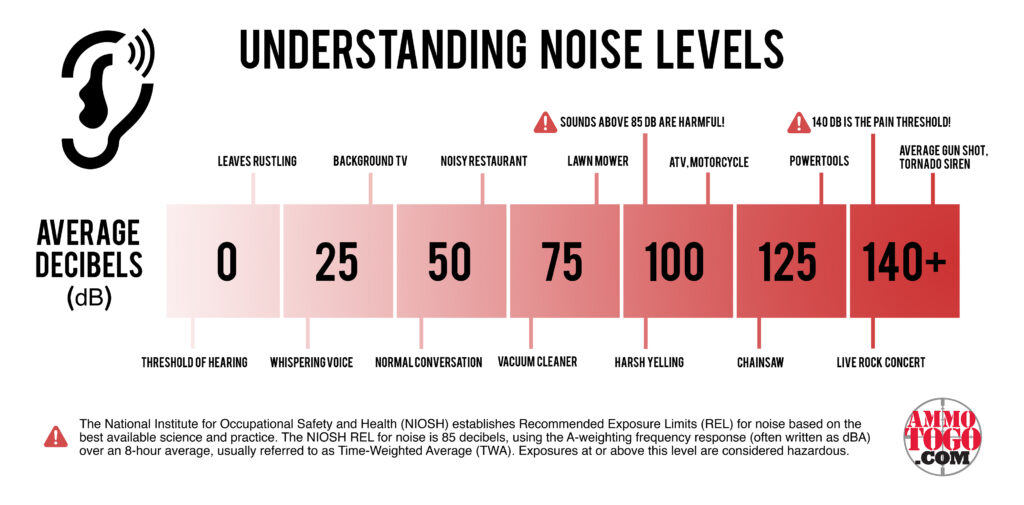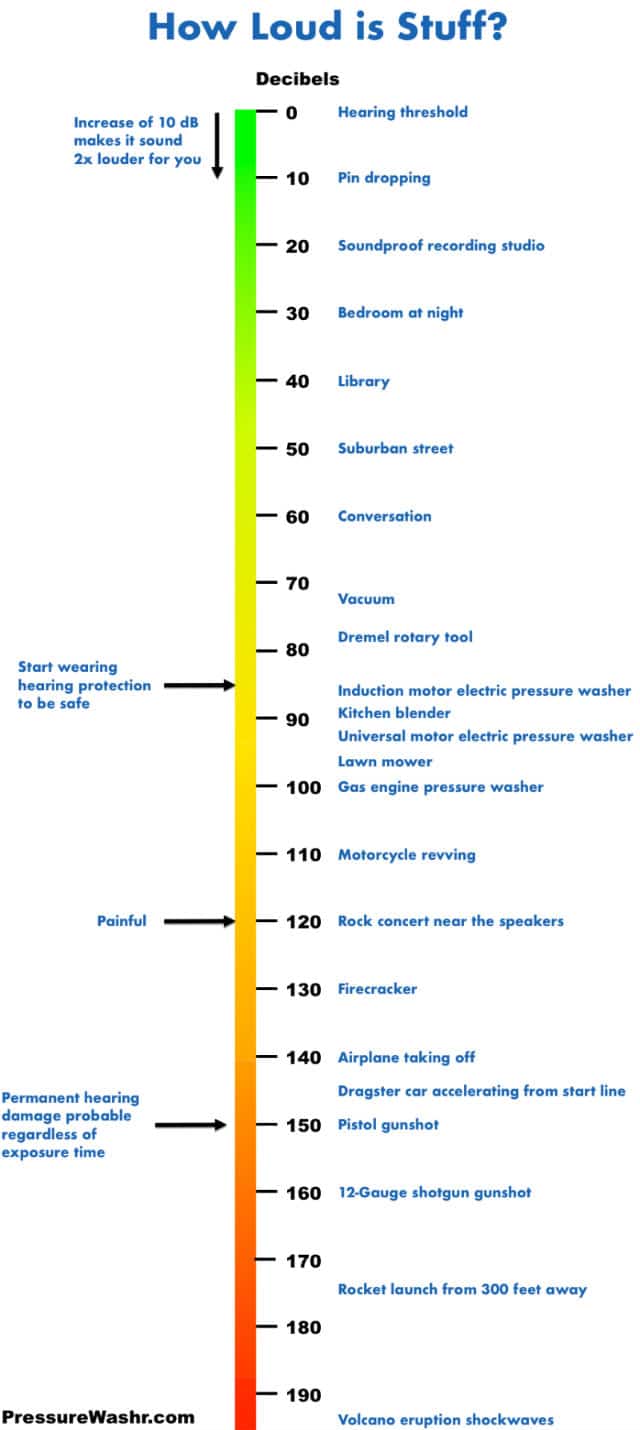

The graphical version is totally useless even when I zoom in on the frequency scale: Not as easy to understand, and good luck noticing if you entered one of the numbers wrong. Here's that same situation in linear decimals: Here's (roughly) what that looks like graphically: Which is somewhere between 1/1000 and 1/10000. At a frequency of interest, one filter's gain is -43 dB and the other's is -25 dB. For example, let's say you have two cascaded low-pass filter stages. But logarithmic ratios are still useful for mental math. With the advent of pocket calculators, we no longer need to do arithmetic by hand. Historically, this was very useful for doing multiplication by hand - look up the logarithms of your numbers, add them, then convert back! There's a special tool called a slide rule to help with this, and every engineer used to own one. :-) )Īs you probably know, it's easy to sketch an approximation of this graph by hand without doing any calculation at all.Īnother reason people like logarithms is that they have a very useful property: Again, much easier to see with a log-log plot. Also, I messed up the formula, so the lower cutoff isn't exactly 10 Hz. (It says lin-log because I had to do the decibel conversion in the formula. At what frequencies does the gain drop below 1? (This is important for stability.) The log-log graph shows this more clearly: Much better! But there's still some information missing. Here's the same system with a log-linear scale: Notice how the lower cutoff is squished into the left side of the graph: :-) But if I zoom in, it's not much better. Pretty useless, huh? Well, I did run it out to 1 MHz.

The graph below shows an example - an amplifier with a gain of 100 and a band-pass filter with cutoffs at ~10 Hz and 1000 Hz, perhaps for low-frequency audio: A linear scale that can show a gain of 100 will not do a good job of showing the difference between 0.10 and 0.05. One reason is that in graphs, linear scales really only work over about one to two orders of magnitude (factors of ten). The question, then, is why we sometimes use logarithmic scales instead of linear ones for gain. Decibels are ratios, like percentages or parts per million. Gain is measured in V/V, A/A, or W/W, and is thus dimensionless.


 0 kommentar(er)
0 kommentar(er)
